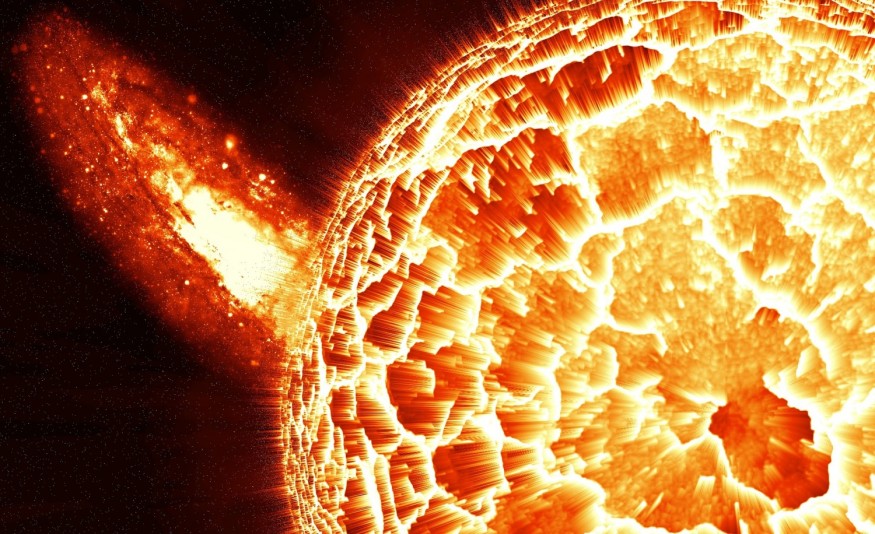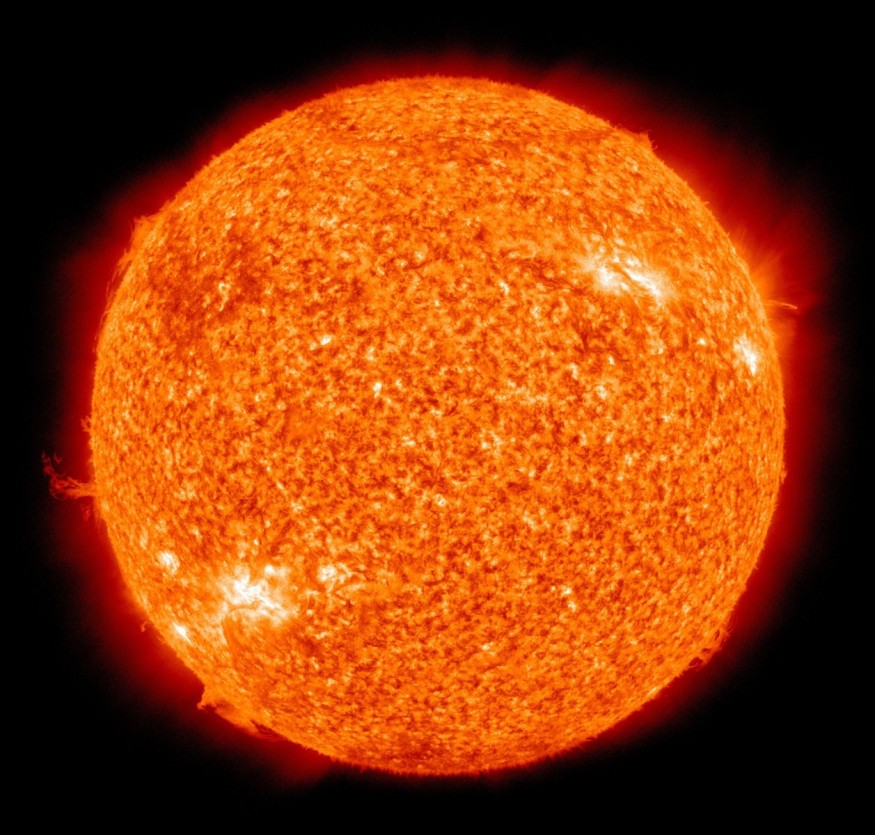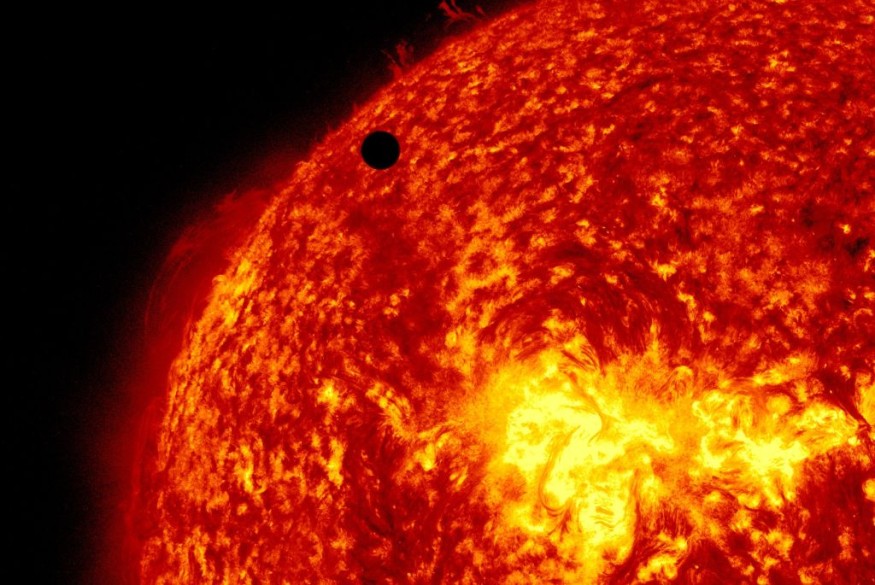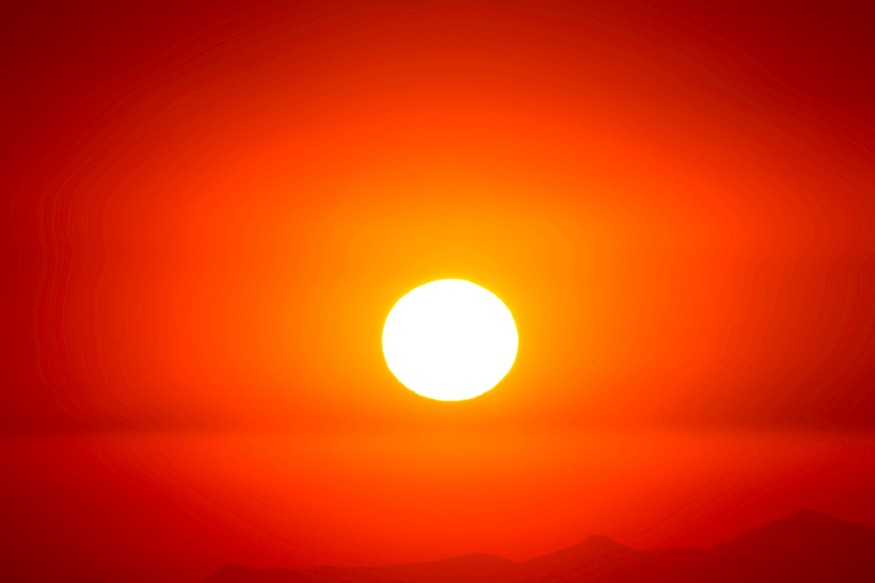
NASA keeps an eye on the threat of geomagnetic storms on Earth and has seen a lot of coverage since it first opened. According to recent forecasts, the Earth will be subjected to a plethora of geomagnetic storm.

The National Weather Service Space Weather Forecast Center (SWPC) issued a G2 storm alert - mild - for Sunday, April 25th, due to the possible harm this incoming energy could do to Earth. It is not, though, as dangerous as it seems. The most recent one happened just a couple of days ago on the 2nd of May.
Watch, Warning, and Alert

The Space Weather Prediction Center and the US Air Force differentiate between the terms "watch," "warning," and "alert." "A watch is issued when the probability of a risky incident in space weather rises significantly, but its existence or timing remains uncertain," according to the one for observation.
It is meant to have enough warning so that those who need to carry out their preparations will do so. "They affirm that the watch's aim is to include a preliminary warning of possible meteorological space activity with a waiting period of hours to days.
Read also: [UPDATE] Solar Storms: Are They Dangerous?
Solar Flares

A solar explosion in the sun's atmosphere, or a spontaneous outburst of energy triggered by reorganizing or crossing magnetic field lines around sunspots, is the start of this phenomenon. Solar activity and flares are more frequent and severe at some moments.
These flares and their radiation have the potential to penetrate Earth, forming a massive radiation bubble that bursts in space at a high rate. As a result, In the atmosphere, a bright light shines. The northern lights, or twilights, are a popular name for this phenomenon. It was expected to be visible in the extreme north and south of the United States.
Collision With the Earth

As a result of encounters between the Earth's outer atmosphere and the sun, the Aurora Borealis appears. The above produces ions, which are electrically charged particles deflected by solar wind or plasma current. Any of the suspended ions make shine as they come into contact with the Earth's ionosphere. This is how the sunset varies with time and is influenced by light waves or curtains.
Duration

According to NASA, solar storms can last anywhere from a few minutes to several hours, but the effects of geomagnetic storms can last for days to weeks in the Earth's magnetosphere and atmosphere.
Possible Dangers

Solar flares that strike Earth are usually harmless, although the sun will produce flares that are so strong that they will cripple Earth's infrastructure. For example, in 1989, a solar storm knocked out electricity over the entire province of Quebec in Canada.
Radiation can interfere with communications in some situations, resulting in electronic and electrical outages. It is not a threat to life on Earth, but it can disrupt radio, television, and satellite communications.
Based on the storm's effects, none of this is expected to happen, and the only thing that will happen, due to the storm's intensity, is a bright aurora.
For more solar news, don't forget to follow Nature World News!
© 2025 NatureWorldNews.com All rights reserved. Do not reproduce without permission.





